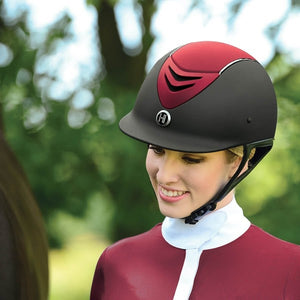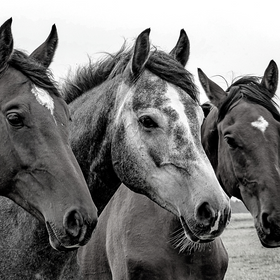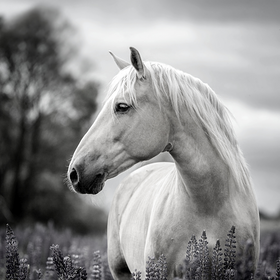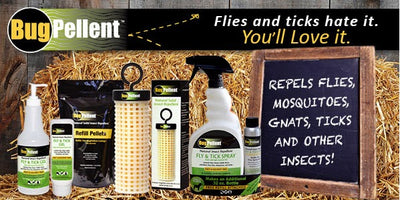
Paddock Safety
Whether you call it a paddock, turnout, pasture, or field, creating a safe area for your horse to run around is essential. Ensuring this space is safe requires attention and regular maintenance. Here are some items to keep on your regular paddock check-list.
1. Fencing and Gates
Most fencing requires regular maintenance. If you have wooden fencing, it will need to be checked for loose nails, broken and rotten rails, and missing boards. Electric or tape fencing may need tightening, especially after storms. You’ll always want to check your fences and gates for fallen debris, such as tree branches. Electric fencing may stay up but will be grounded out if the debris is in contact with the ground, making your fence ineffective.
Tips:
- Use smooth, rounded edges to prevent injury.
- Regularly paint wooden fencing.
- Regularly inspect and repair any damage to the fencing.
2. Shelter and Shade
While some horses will stand out in the middle of the field on a hot day, it is important to provide shelter. This could be as simple as a lean-to or as complicated as a full run-in. Make sure the area has good drainage for rainstorms and plenty of ventilation for airflow. Shelters should be large enough for all horses to stand comfortably without overcrowding.
Tips:
- Position the shelter to provide adequate shade and ventilation.
- Ensure the shelter has a sturdy roof and plenty of space.
3. Ground Conditions
The ground in a paddock can quickly become slippery and uneven without maintenance. These conditions can easily lead to injury. While prevention is preferred, if your paddock is too muddy after a storm consider keeping your horse out of the area until it dries out.
Tips:
- Use gravel, sand, or other suitable materials in high-traffic areas to prevent mud.
- Fill in any holes or depressions promptly.
- Rotate paddocks to allow grass to recover and avoid overgrazing.
4. Clean Water Troughs
Your horse should have access to clean water at all times, but it is especially important during extreme temperatures. Ensure that water troughs are clean and placed in areas where they won't be contaminated by mud or manure. Cleaning your water troughs once per week during the summer, and once every few weeks in the winter is ideal.
Tips:
- Regularly clean and refill water troughs.
- Use hay feeders to keep hay off the ground and reduce waste.
- Ensure there is enough space for all horses to eat without competition.
5. Toxic Plants and Objects
Horses are curious animals and will often nibble on plants and objects in their paddock. Even in the cleanest paddock, toxic plants can blow in after a storm. Make sure to regularly check your paddocks for toxic plants. Ask your vet for a list of toxic plants if you are unfamiliar with common ones in your area.
Tips:
- Regularly inspect the paddock for toxic plants like ragwort, nightshade, and yew.
- Remove any debris or old equipment that could pose a risk.
- Ask your vet for a list of toxic plants common in your area





